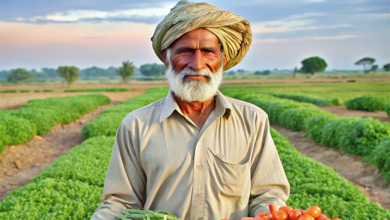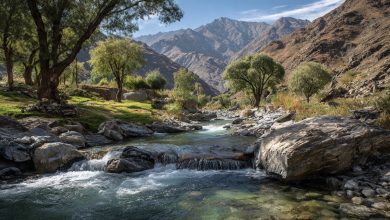‘Critically Water Insecure’
Pakistan is facing a serious water security crisis. Recently, the UN moved the country to its “critically water insecure category,” officialising what many have feared for years. About 92 per cent of the country is classified as semi-arid to arid, meaning that the vast majority of Pakistanis are dependent on surface and groundwater from a single source-the Indus River basin. It doesn’t help that our population has quadrupled since the country’s independence with insufficient resources to compensate for the population boom.
With water security per person declining per year, and demand for food production rising, we face not only a water crisis but also serious concerns regarding our future food security. Along with the crisis posed by waters and streams running dry, Pakistan’s dangerously depleted groundwater levels have left most parts of the country parched.
What is often overlooked in the conversation around water and climate change in Pakistan is the likely impact on the steadily growing water demand. Rising temperatures will increase the agricultural sector’s already substantial demand for water as evapotranspiration rates increase and soil moisture levels decline. Higher temperatures are also bound to affect the growing thermal power production, which is highly dependent on water for steam production and, subsequently, for cooling the steam.
The immediate threat posed by climate change to the water sector is, therefore, on the demand side-reinforcing a need for our policymakers to focus on improving the efficiency with which water is used, particularly in the irrigated agriculture sector where opportunities for improvement are significant.
Our irrigation system, at present, is characterised by large inefficiencies-water management is weak, water prices and recovery rates hardly ever generate the revenue needed to cover operation costs, farmers continue to follow traditional flood irrigation practices that overwater crops and have led to water logging in the Indus basin.
As we strive to respond to climate change and its associated risks, water demand solutions must be at the forefront of our efforts, helping us overcome the more immediate effects of the water crisis and effectively reduce our vulnerability to the inevitable long-term impacts of climate change on essential water sources.







